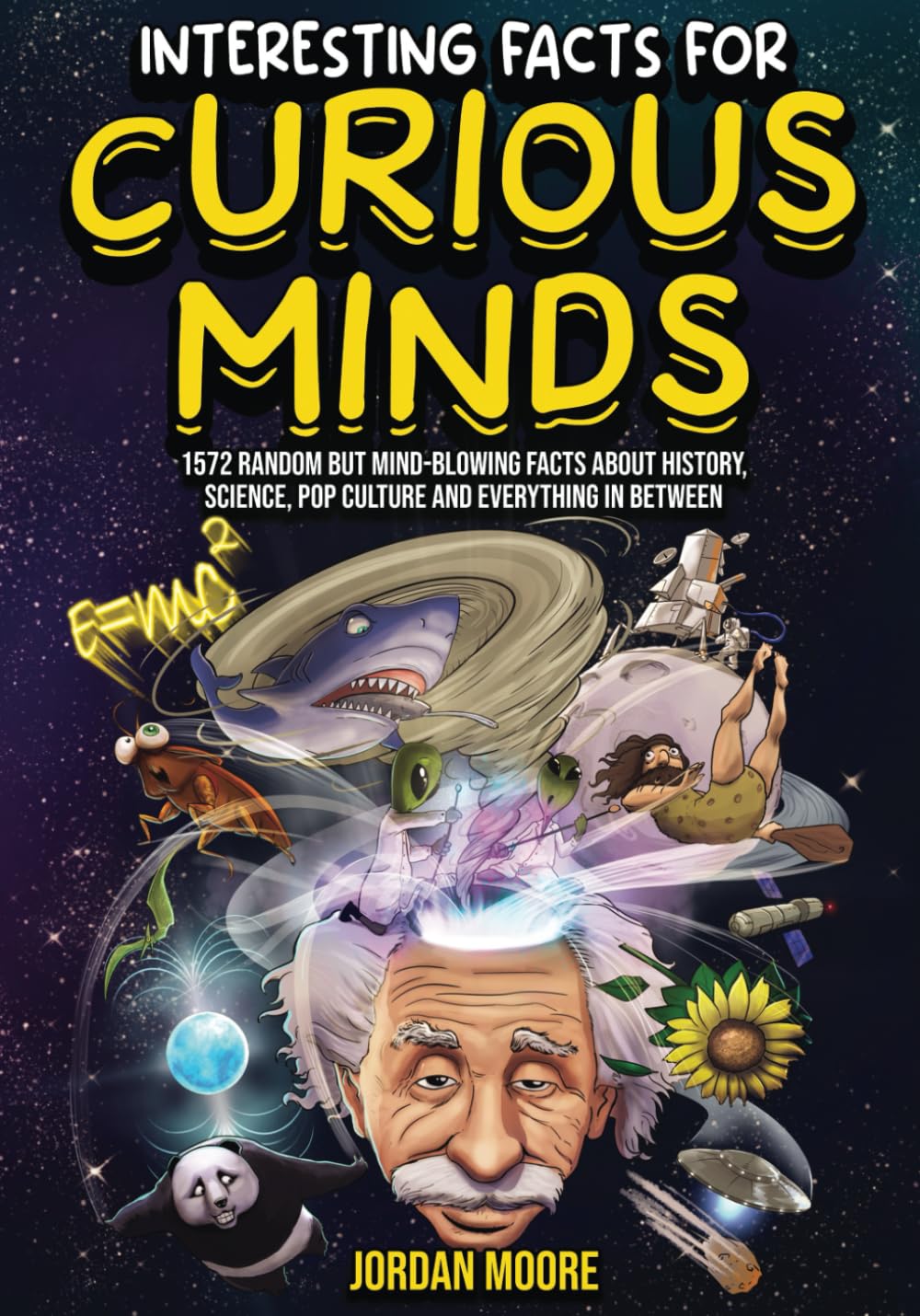
Interesting Facts For Curious Minds: 1572 Random But Mind-Blowing Facts About History, Science, Pop Culture And Everything In Between
Rebels And Revolutionaries
byRebels and revolutionaries have been at the heart of significant historical changes throughout the ages, initiating transformations in politics, society, and technology. Revolutions are generally defined as sudden and profound shifts that drastically change the status quo. While most revolutions are associated with political upheavals, they can also be social or technological in nature, as seen with movements like the Industrial Revolution. For instance, the Neolithic Revolution, which occurred around 10,000 BCE, marked the shift from a nomadic, hunter-gatherer lifestyle to a more settled existence focused on agriculture. This transition to farming changed human society forever, laying the foundation for modern civilization. It is fascinating to note that revolutions often happen in response to oppression or significant hardship, where the existing order no longer satisfies the needs of the people.
Political revolutions, in particular, have shaped the world as we know it, from the American Revolution of 1775 to the Bolshevik Revolution in Russia. The American Revolution, often debated as being a civil war rather than a full-scale revolution, did not aim to overthrow the British monarchy but sought to challenge the governance of the colonies under British rule. In contrast, the French Revolution (1789–1799) was a true revolution, toppling the monarchy and dramatically changing France’s social and political landscape. Meanwhile, revolutions also saw the emergence of iconic revolutionary figures such as Simon Bolivar, who helped to liberate several South American countries from Spanish rule, creating new nations like Colombia, Venezuela, and Peru. Each of these revolutions was driven by different factors, but the common thread was a desire for independence and reform, often in the face of long-standing inequality and suffering.
Revolutions in the 20th century took on new forms, influenced by global conflicts and the rise of new ideologies. Mao Zedong’s rise to power in 1949 marked a major political revolution in China, followed by sweeping social and political changes during the Great Leap Forward. Similarly, Ernesto “Che” Guevara’s involvement in the Cuban Revolution of 1958 solidified his status as a revolutionary figure who sought to overthrow oppressive systems through guerilla warfare. Guevara’s influence, particularly in Latin America, continues to be felt, even though his later attempts to spread revolution elsewhere, such as in Bolivia, were less successful. Furthermore, the Iranian Revolution of 1978–1979, also known as the Islamic Revolution, was unique because it was ideologically rooted in religion rather than purely political or social goals. Unlike many modern revolutions, which were driven by political and economic factors, the Iranian Revolution was fueled by a desire for a return to Islamic governance.
Technological revolutions also played a pivotal role in shaping society. The Industrial Revolution, which began in the mid-1700s in England, introduced significant advancements such as steam power, which fueled the growth of factories, railways, and urbanization. This shift from agricultural economies to industrialized ones led to massive societal changes and improved productivity, but it also resulted in harsh working conditions and the rise of a capitalist economy. Similarly, the Digital Revolution, often marked by the creation of Apple Inc. in 1976, introduced computers and digital technology, transforming every aspect of life, from communication to entertainment. The rapid advancement in technology during the Digital Revolution continues to shape the modern world, driving both innovation and societal challenges.
The influence of revolutionaries on their respective societies extends beyond politics and technology, touching on culture, identity, and personal freedoms. Figures like Maximilien Robespierre and Pancho Villa became symbols of resistance against tyranny, each using their influence to challenge entrenched systems. Robespierre’s role in the French Revolution, particularly his radical leadership during the Reign of Terror, exemplified the extremes to which revolutionaries would go to maintain power and enforce societal changes. On the other hand, Pancho Villa’s role in the Mexican Revolution, specifically his raid on Columbus, New Mexico, highlighted the struggles of the Mexican people in their fight for land and social justice. These individuals, despite their differing methods and ideologies, demonstrated the power of revolutionaries in instigating change, often at great personal risk.
In conclusion, rebels and revolutionaries have been crucial figures in shaping the course of history. From the Neolithic Revolution that reshaped human society, to the political upheavals in the 18th and 20th centuries, revolutionaries have fought to transform the existing order. Whether through the violent battles of the French and American revolutions, or the social and technological shifts of the Industrial and Digital Revolutions, these transformative events have influenced generations. While the methods of revolutionaries may vary, the core idea remains the same—challenging the status quo in the pursuit of a better future. As society continues to evolve, the legacy of these revolutionary movements will undoubtedly continue to inspire new generations to challenge existing norms and fight for change.

